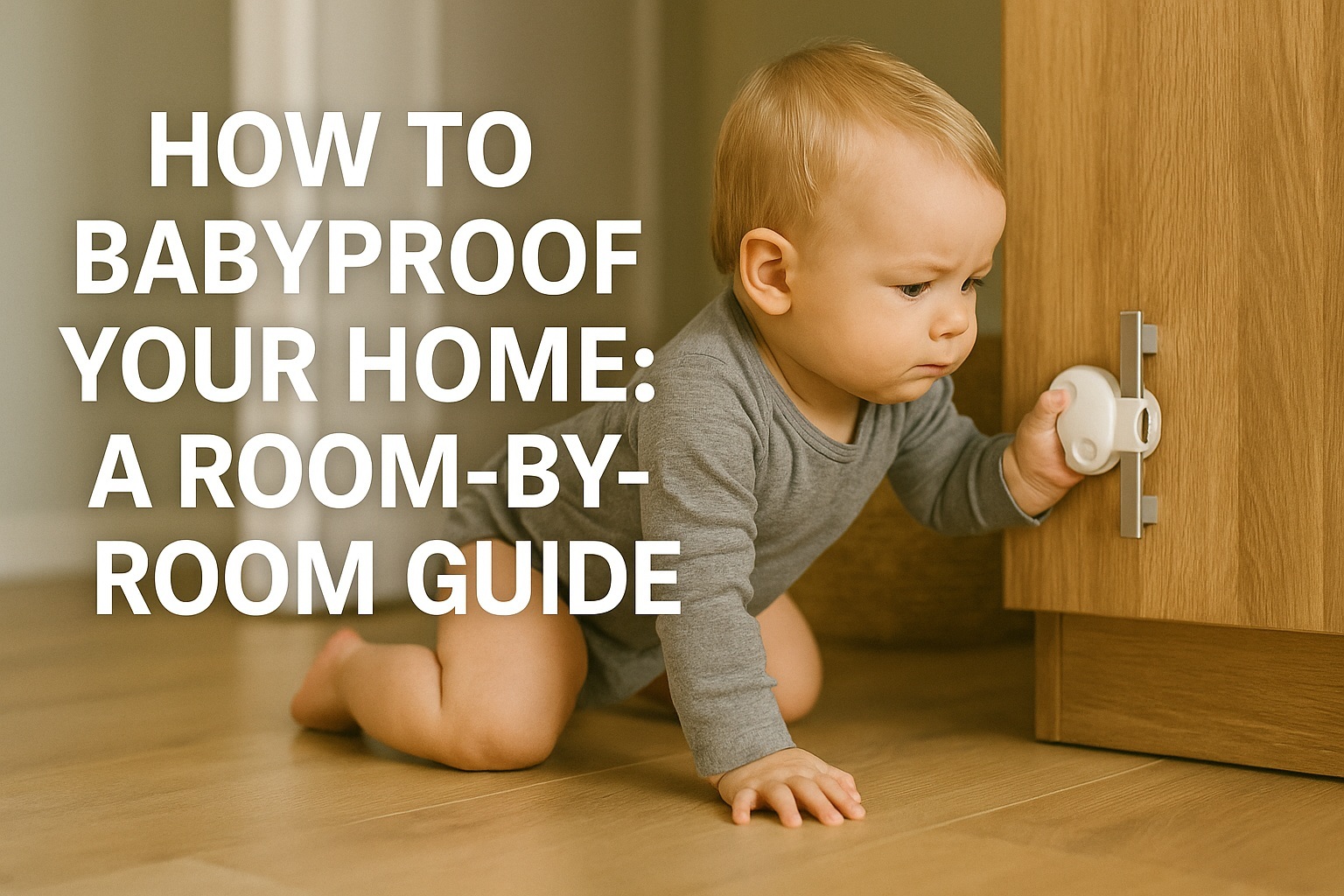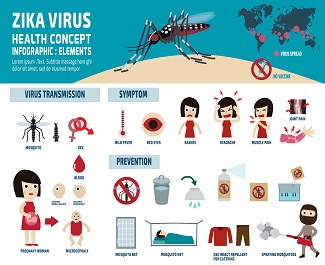As your baby grows and begins to explore, babyproofing your home becomes a crucial step to ensure their safety. This guide provides practical babyproofing tips for every major area in your home.
1. Living Room
- Anchor TVs and heavy furniture to the wall to prevent tipping.
- Use corner guards and edge bumpers on tables and shelves.
- Keep remote controls, batteries, and small objects out of reach.
- Cover electrical outlets with safety plugs.
2. Kitchen
- Install cabinet locks on drawers containing knives or cleaning supplies.
- Keep hot items and sharp objects away from the edge of counters.
- Use stove knob covers and oven locks.
- Place a safety gate at the kitchen entrance if possible.
3. Bathroom
- Use a toilet lock to prevent drowning hazards.
- Install non-slip mats in the bathtub and on the floor.
- Store medicines and toiletries in locked cabinets.
- Lower the water heater temperature to 37°C to prevent burns.
4. Nursery
- Ensure the crib meets current safety standards (no drop sides, proper spacing).
- Keep the crib free of pillows, blankets, and stuffed toys.
- Secure all cords from blinds or electronics to avoid strangulation risks.
- Use a baby monitor to keep an ear on your child.
5. Bedroom
- Keep cosmetic and jewelry boxes out of reach.
- Secure dressers and wardrobes to the wall.
- Check under the bed for small or hazardous items.
6. Stairs and Hallways
- Install baby gates at the top and bottom of staircases.
- Use non-slip runners on stairs.
- Keep hallways free from clutter to prevent tripping hazards.
7. General Tips
- Get down to your baby's eye level to identify hazards you might miss.
- Install door pinch guards to protect little fingers.
- Test alarms regularly—make sure smoke and carbon monoxide detectors are functional.
Babyproofing isn't a one-time task—it evolves as your child grows. Regularly reassess your home and make adjustments to keep your little one safe in every stage of development.



